Mescaline drug
$120.00 – $395.00
Mescaline cactus is a naturally occurring psychedelic alkaloid found in various species of cacti, notably the peyote cactus (Lophophora williamsii), San Pedro cactus (Echinopsis pachanoi), and Peruvian torch cactus (Echinopsis peruviana). It has been used for thousands of years by indigenous peoples in religious and spiritual ceremonies.
What is mescaline cactus?
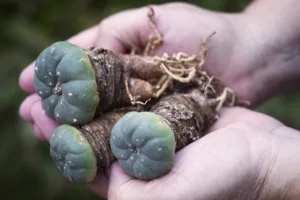
Mescaline cactus is a naturally occurring psychedelic alkaloid found in various species of cacti, notably the peyote cactus (Lophophora williamsii), San Pedro cactus (Echinopsis pachanoi), and Peruvian torch cactus (Echinopsis peruviana). It’s been used for thousands of years by peoples in religious and spiritual ceremonies.
Mescaline induces altered states of consciousness, including visual and auditory hallucinations, changes in perception of time and space, and profound introspection. It’s considered a classic psychedelic, along with substances like LSD and psilocybin mushrooms.
mescaline cactus vs peyote
Mescaline is a psychedelic compound, while peyote is a type of cactus that contains mescaline as its primary psychoactive ingredient.
Here’s a breakdown of the relationship between mescaline and peyote:
- Mescaline: This is the psychoactive alkaloid responsible for the hallucinogenic effects of certain cacti, including peyote. It’s a naturally occurring compound that alters perception, cognition, and mood.
- Peyote: Peyote (scientific name: Lophophora williamsii) is a small, spineless cactus native to parts of North America, particularly in regions of Mexico and the southwestern United States.
how to consume san pedro cactus
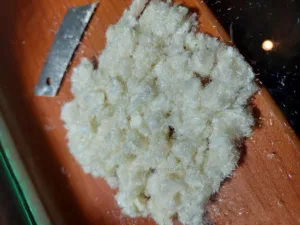
Consuming San Pedro cactus, like other mescaline-containing cacti, can induce psychedelic effects. Here’s a step-by-step guide on how to consume San Pedro cactus responsibly:
- Chewing: Some people choose to chew on fresh San Pedro cactus segments. This method allows for the gradual absorption of mescaline through the mucous membranes in the mouth. However, the taste can be extremely bitter, so it may not be suitable for everyone.
- Brewing: Many prefer to brew San Pedro cactus into tea. To do this, chop the cactus into small pieces and simmer them in water for several hours (typically 4-6 hours). After simmering, strain out the plant material to drink the resulting liquid. This method can help reduce the bitterness of the cactus while still extracting its psychoactive compounds.
- Drying and Powdering: Another method involves drying the cactus pieces and then grinding them into a powder. The powder can be encapsulated or mixed into food or beverages for consumption. This method can be convenient for dosing, but it requires more time and effort in preparation.
short- and long-term effects of peyote
While mescaline can produce profound spiritual experiences for some users, it can also be associated with risks such as anxiety, paranoia, and, in rare cases, psychosis, especially at high doses or in individuals with pre-existing mental health conditions.
Where to buy mescaline cactus Online
There are many online psychedelic shops that sell the mescaline drug to individuals seeking to explore psychedelic experiences or who intend to use it for religious and spiritual ceremonies. When buying mescaline online, make sure to buy from a legal psychedelic drug store as it is a controlled substance, and you want to make sure you get it from a reputable source such as the Trippy Soul online store.
Purple Mescaline Vs Synthetic mescaline
Purple mescaline” is not a recognized term within the context of mescaline or psychedelics. It’s possible that you’re referring to a specific strain or variety of a mescaline-containing cactus that has a purple coloration, but it’s essential to note that the color of the cactus does not necessarily indicate its mescaline content or potency. Mescaline itself is a white, crystalline substance.
Synthetic mescaline, on the other hand, refers to mescaline that has been chemically synthesized in a laboratory rather than extracted from natural sources like peyote or San Pedro cactus. Synthetic mescaline is chemically identical to the mescaline found in cacti and produces similar effects when consumed.
Mescaline drug Dosage
- The potency of San Pedro cactus can vary widely, so it’s essential to start with a low dose and gradually increase as needed. Dosages are often measured in terms of the amount of mescaline consumed, with typical doses ranging from around 200 to 500 milligrams of mescaline.
- Be aware that the effects of San Pedro can last for many hours, often 10 to 12 hours or longer, so plan accordingly and ensure you’re in a safe and comfortable environment.
How long does mescaline last?
The peak of a mescaline experience usually occurs around 2 to 4 hours after ingestion, during which the effects are most intense. Users may experience vivid hallucinations, alterations in perception, and profound introspection during this time.
| Quantity | 10 grams, 25 grams, 50 grams |
|---|
Be the first to review “Mescaline drug” Cancel reply
Related products
Crystals & Liquids
Others
Others
Others
Others
Crystals & Liquids
Crystals & Liquids

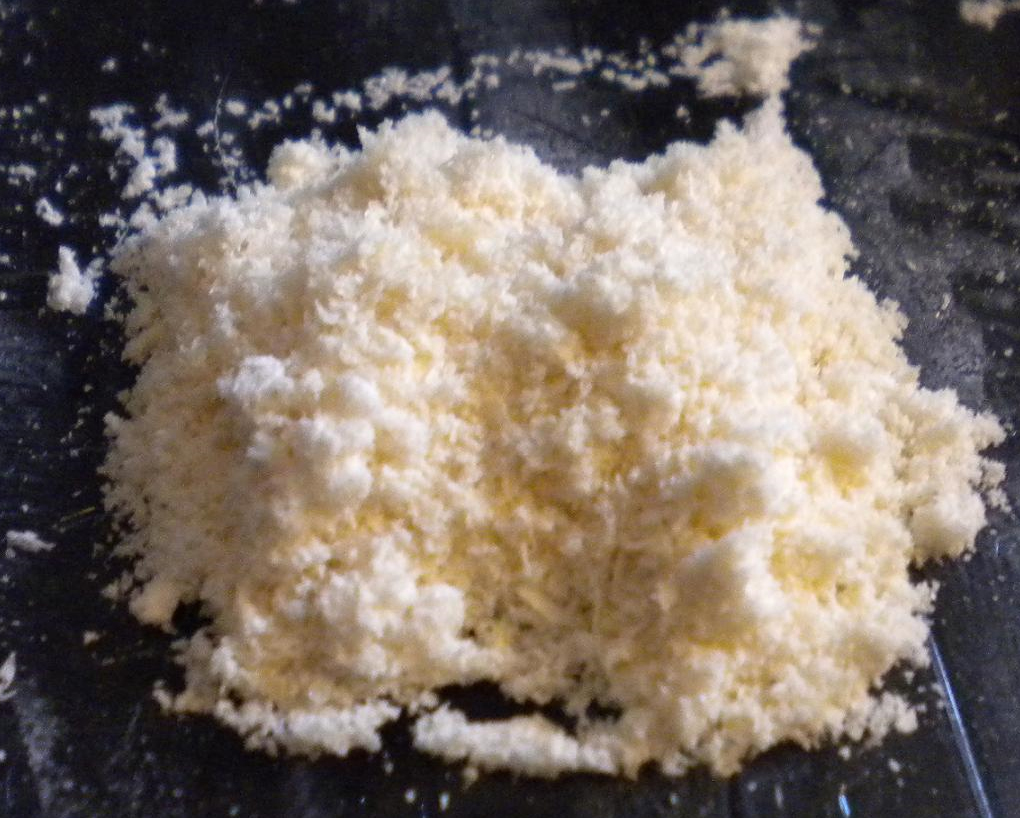

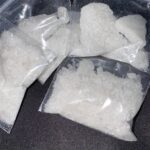
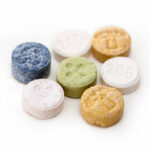
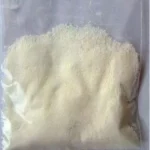
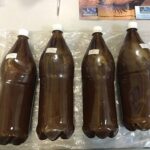
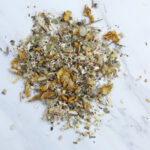




Reviews
There are no reviews yet.